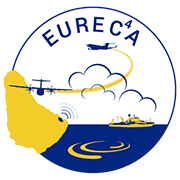CMTRACE is an NWO VIDI project in which turbulence and cloud measurements aided by high-resolution simulations are used to visualize and understand air motions (wind) inside and outside clouds.
Accurate wind prediction has enormous socio-economic value: from mitigating storm damage to optimizing wind power. But short-term local wind prediction crucially depends on the representation of unresolved components of the momentum budget, including, among others, convective momentum transport (CMT), a process whereby clouds modify winds through up-and downdrafts and mesoscale circulations. CMT parameterizations are largely based on high-resolution simulations of textbook cloud cases that broadly oversimplify nature. In nature, complex cloud fields are the rule rather than the exception. CMTRACE aims to provide evidence of CMT in real weather through systematic wind measurements extending into clouds realized through collocated scanning wind lidar and cloud radars at the Ruisdael Observatory <\a> and extended sites. These measurements are combined with Large Eddy Simulation hindcasts over large domains, thereby tackling the fundamental challenge of identifying mechanisms key to CMT and determining the importance of CMT in comparison to other (drag) processes. The results are applied to evaluate and improve the parameterization of CMT in numerical weather prediction models, among which KNMI's mesoscale weather model HARMONIE and the ECMWF IFS model.



